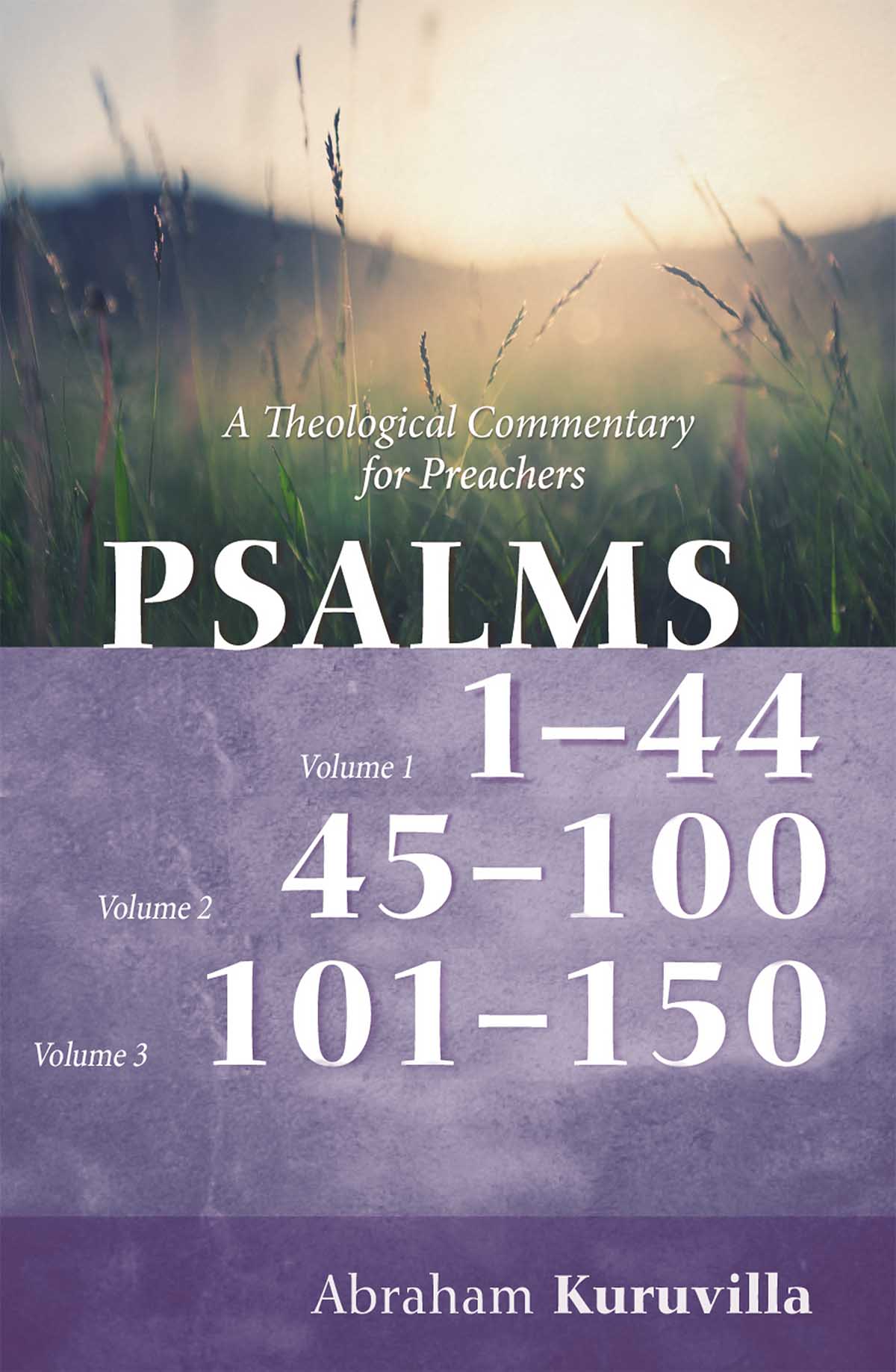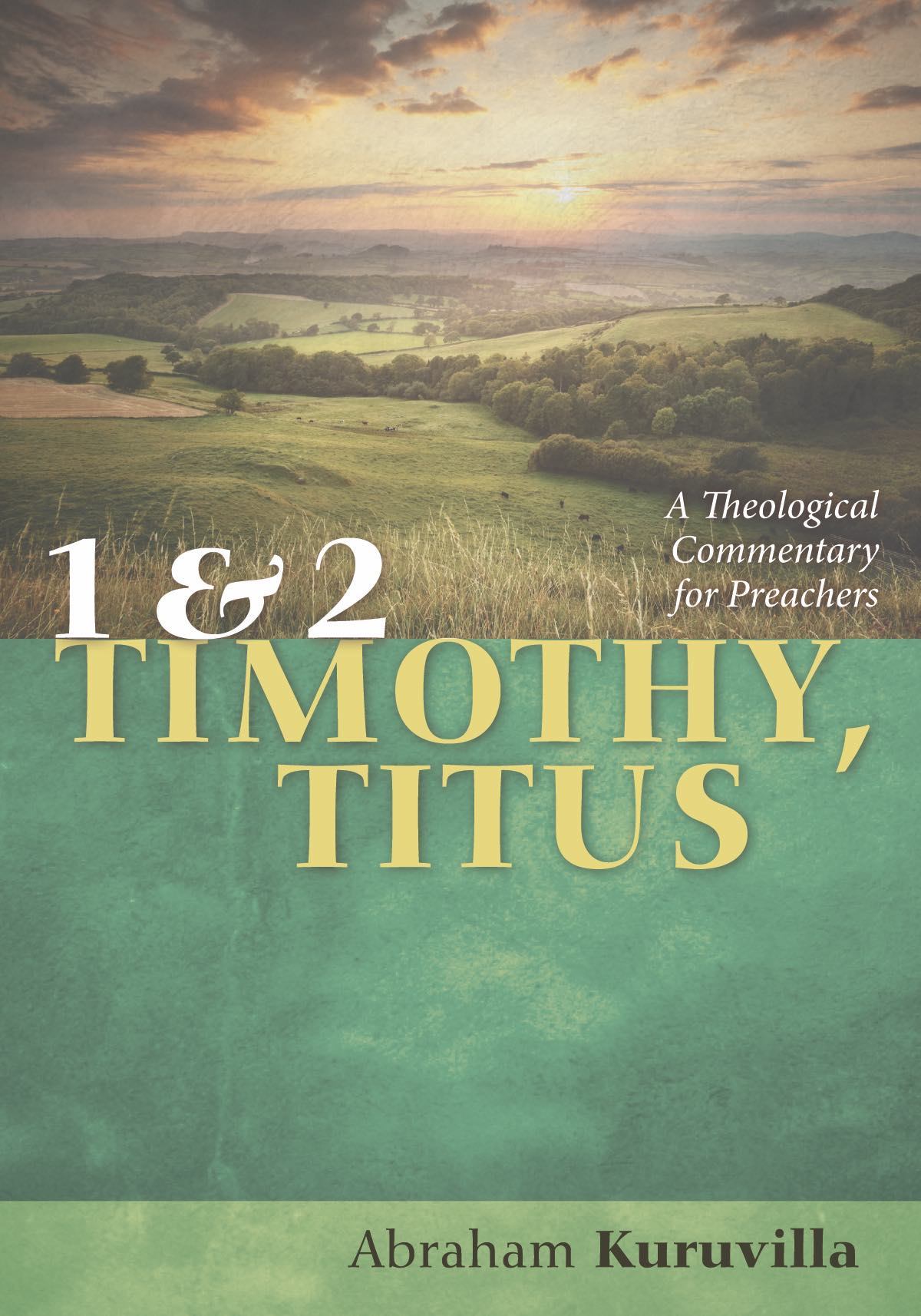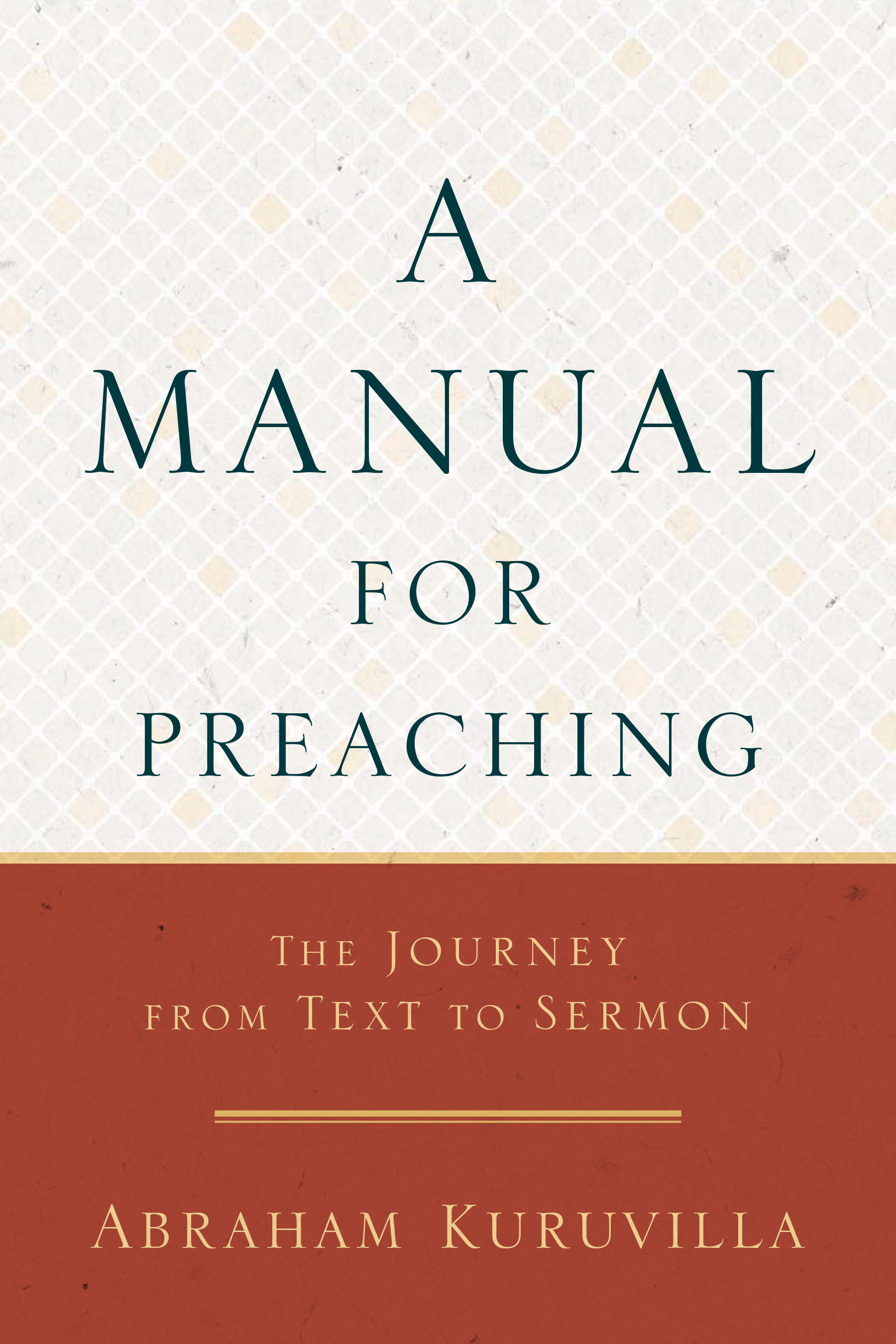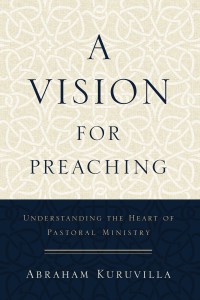Mark 7:31–8:26

God can be trusted for the provision of life’s daily needs.
“Do you still not see or understand?”
Mark 8:17
This text demonstrates the continued lack of discernment on the part of Jesus’ disciples, which had been a constant theme in Act I of Mark (1:1–8:26). This last depiction of the disciples’ obtuseness (8:1–21) is bracketed between two miracles of perception: a deaf and dumb man is healed on one side (7:31–37), and the sight of a blind man is restored on the other (8:22–26).
In the first feeding miracle in Mark 6, Jesus’ comzpassion was expressly directed to the crowds’ “shepherdlessness.” Here, in the second feeding miracle, his compassion is for their hunger and lack of food (8:2); the thrust is on whether Jesus can provide for the daily needs of his people. The phrasing of the disciples’ question in 8:4 is sarcastic: “From where will anyone be able to satisfy these with bread here in a wilderness?” Surely they should have known better. Of course, Jesus could provide. Had he not already done so once? And he would do so again: he does “satisfy” the crowd of 4,000 (8:8), just as he had satisfied the earlier crowd of 5,000 (6:42). The disciples, in other words, had learnt nothing from the previous miracle about Jesus’ ability to provide for the needs of his people. Indeed, the disciples’ ears had not heard, and their mouths—when they open them—remain “dumb”: they are only capable of uttering an impertinent remark and conducting a naïve discussion about the impossibility of feeding a crowd or even a boatful of disciples with a few loaves. Of course, as far as sight goes, they had been quite consistently blind all along! Their discernment of Jesus, however, is at an abysmal low now—those poor deaf, dumb, and blind disciples! (And the two miracle accounts that bracket this feeding miracle deal with deafness, dumbness, and blindness!)
And then there is the pungent irony of the disciples fretting over the single loaf they were traveling with (8:13–16). The mathematical ratio of one loaf for twelve was a far more plausible proposition for provision than was the equation of five loaves for five thousand or seven for four thousand. It is not that the disciples had forgotten what had happened: they recollect the numbers of loaves and leftovers quite accurately upon being quizzed. They had data, but not the meaning thereof. Jesus’ stingingly rebukes them: “Do you still not see or understand?” (8:17).
The particular healing in Mark 7:31–37 parallels that in 8:22–26, and these two accounts frame the central section of the feeding miracle and its explanation. Both deal with the physiology of perception (“discernment”), both miracles occur outside Galilee (7:31; 8:22), in both cases crowds implore Jesus to lay hands/touch the afflicted (7:32; 8:22–23), saliva is utilizing (7:33; 8:23), and the patients are taken away privately (7:33:8:23); thus the two brackets for the feeding miracle are linked.
In sum, this text, 7:31–8:26, addresses Jesus’ power over and provision for the “small” issues of life: specifically food, but also everything else necessary for the daily conduct of life. Thus Jesus the one who can meet all the needs of the disciple, because of his divine power and authority over calamities both natural and supernatural, catastrophes of life, antagonism from enemies, and life’s daily needs. Such a discernment of Jesus’ person (and all that that entails—especially his illimitable power) is an essential aspect of discipleship.











 Abe Kuruvilla is the Carl E. Bates Professor of Christian Preaching at The Southern Baptist Theological Seminary (Louisville, KY), and a dermatologist in private practice. His passion is to explore, explain, and exemplify preaching.
Abe Kuruvilla is the Carl E. Bates Professor of Christian Preaching at The Southern Baptist Theological Seminary (Louisville, KY), and a dermatologist in private practice. His passion is to explore, explain, and exemplify preaching.